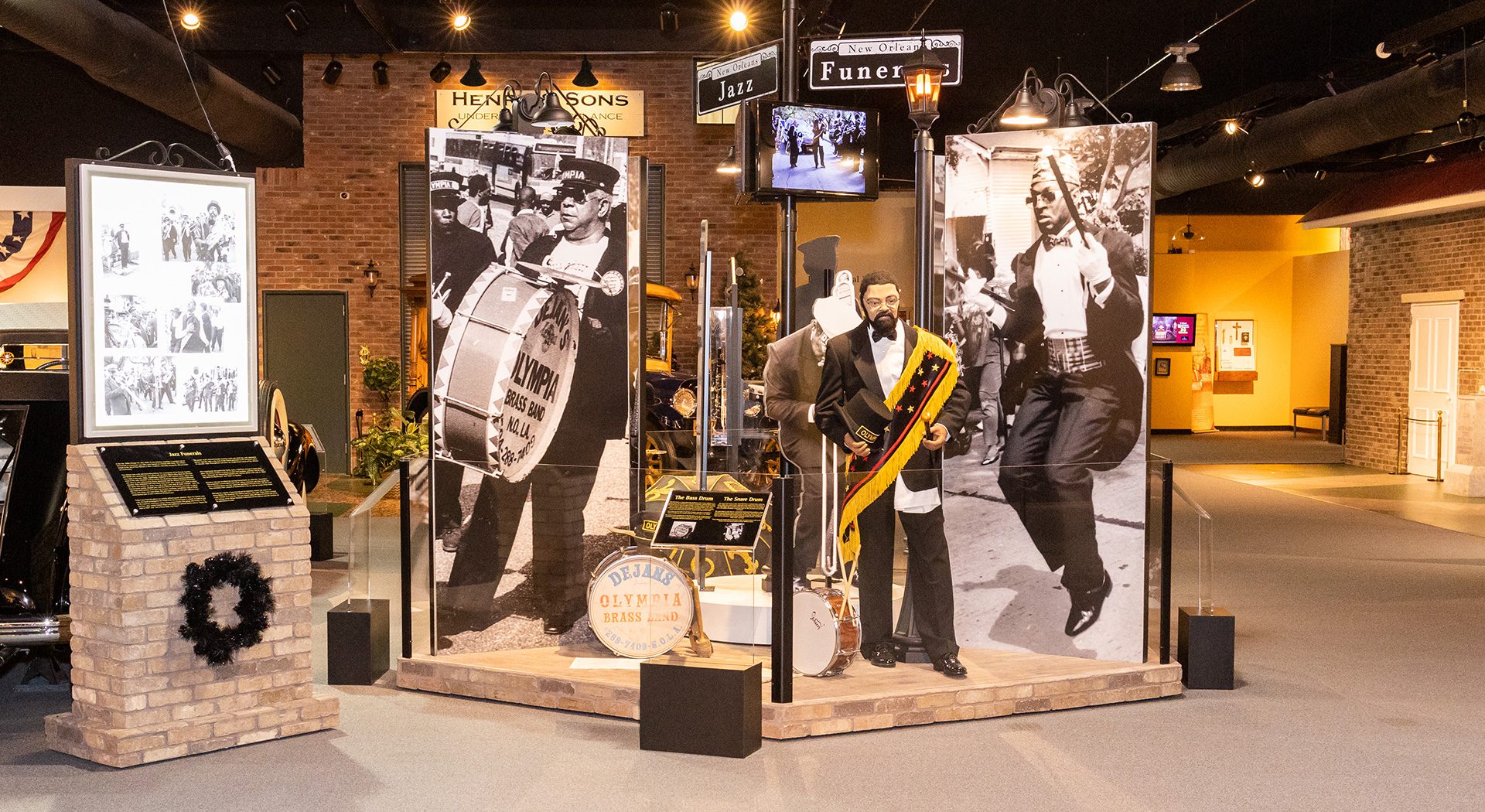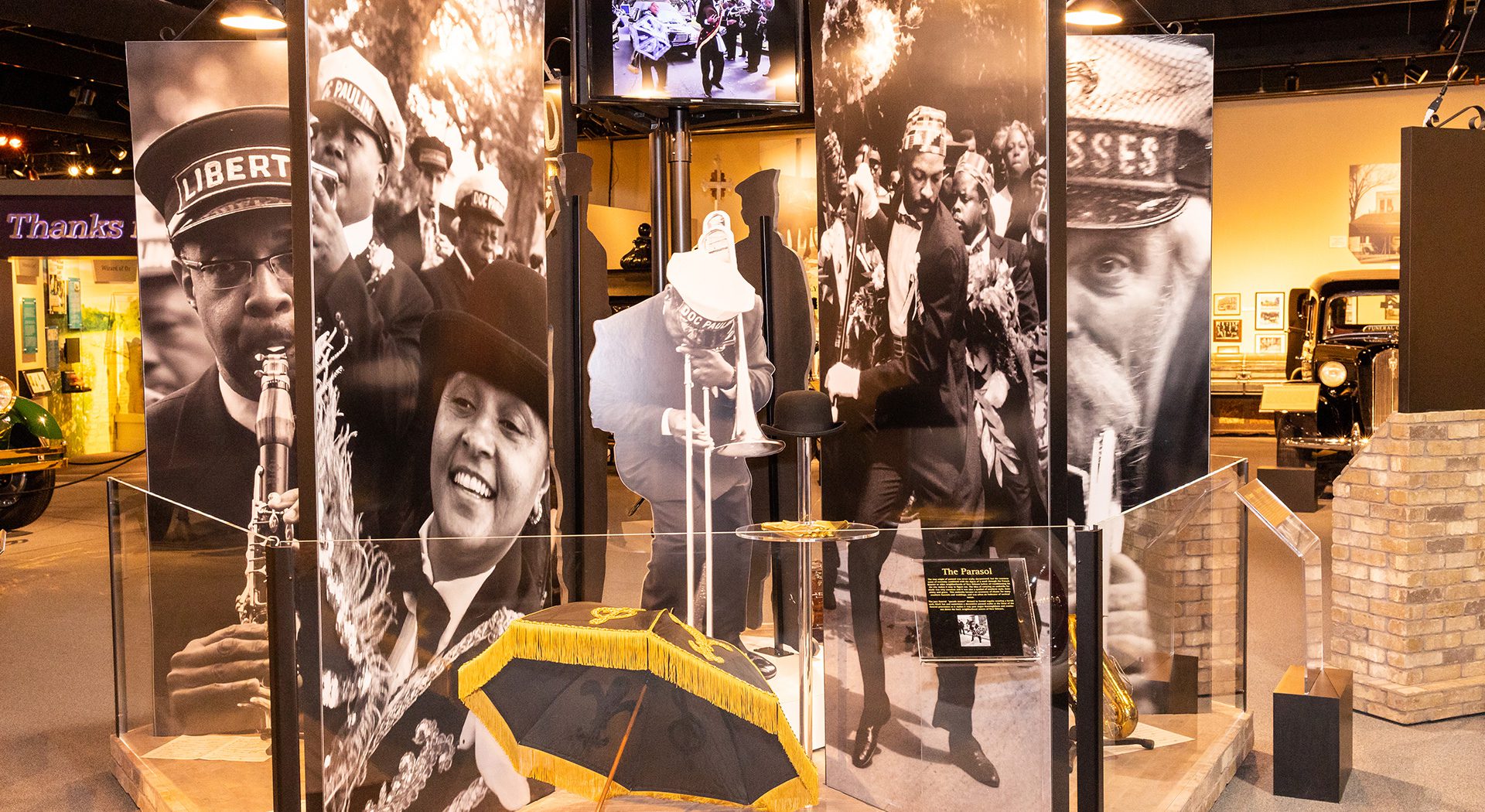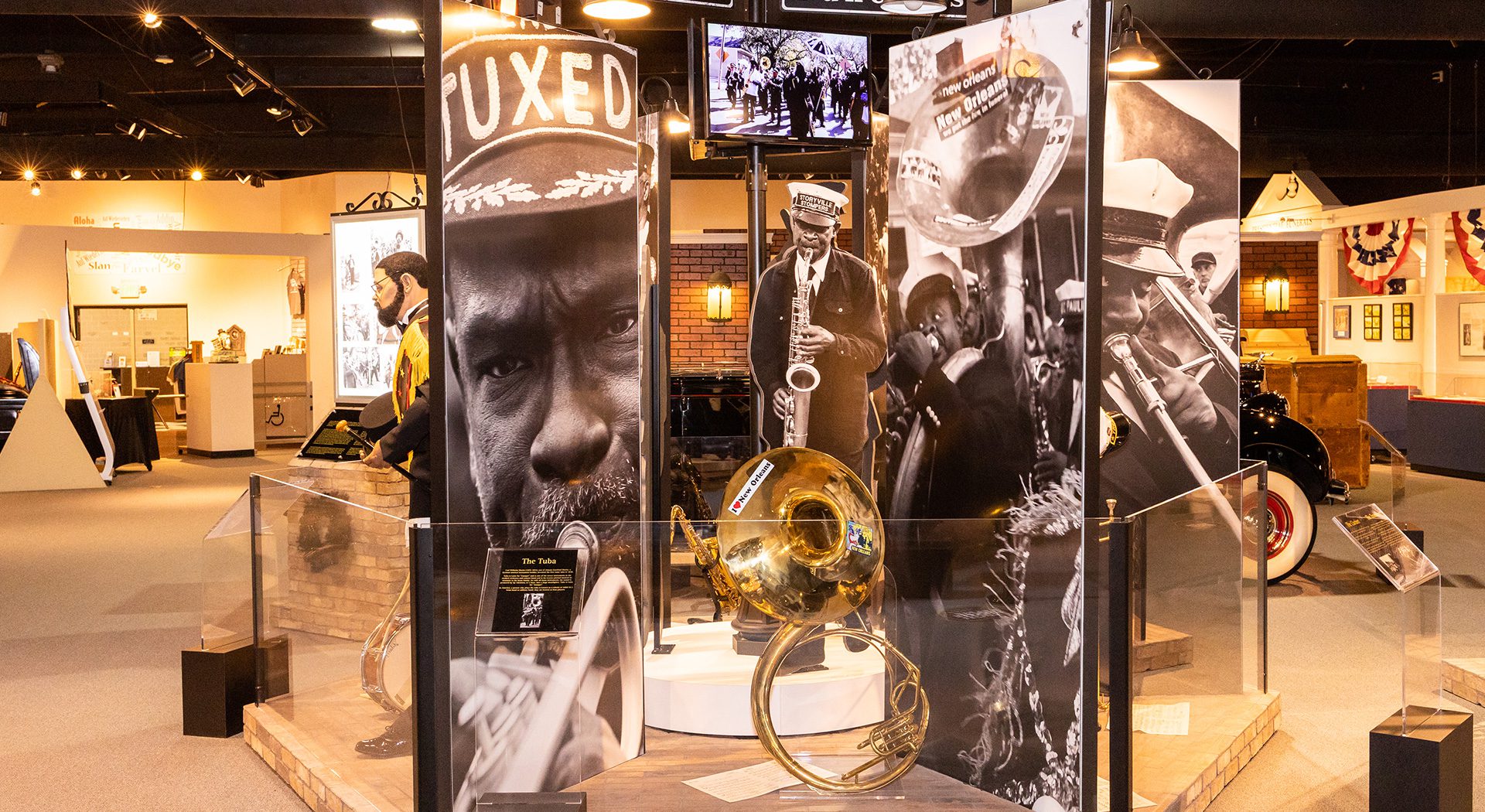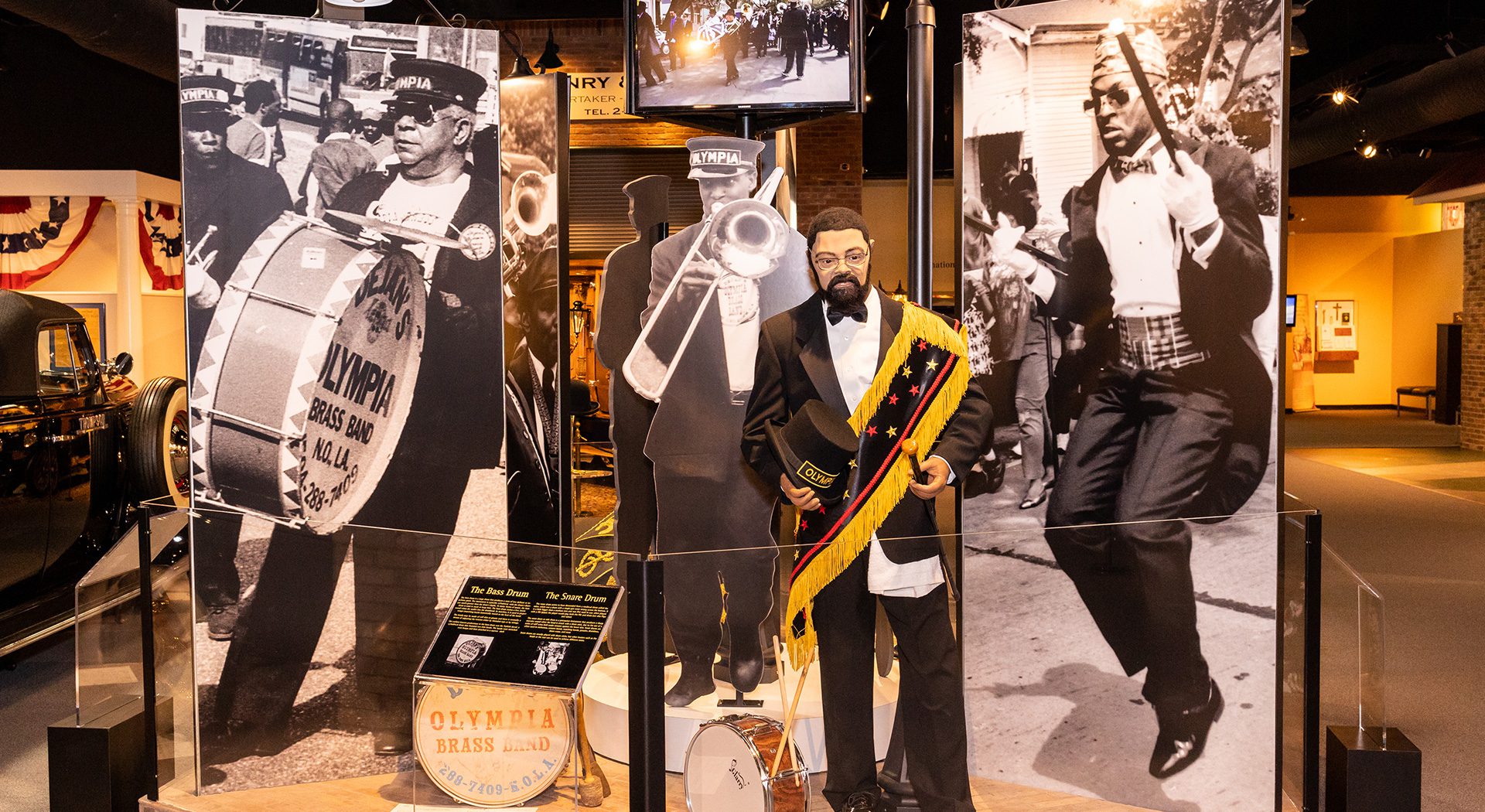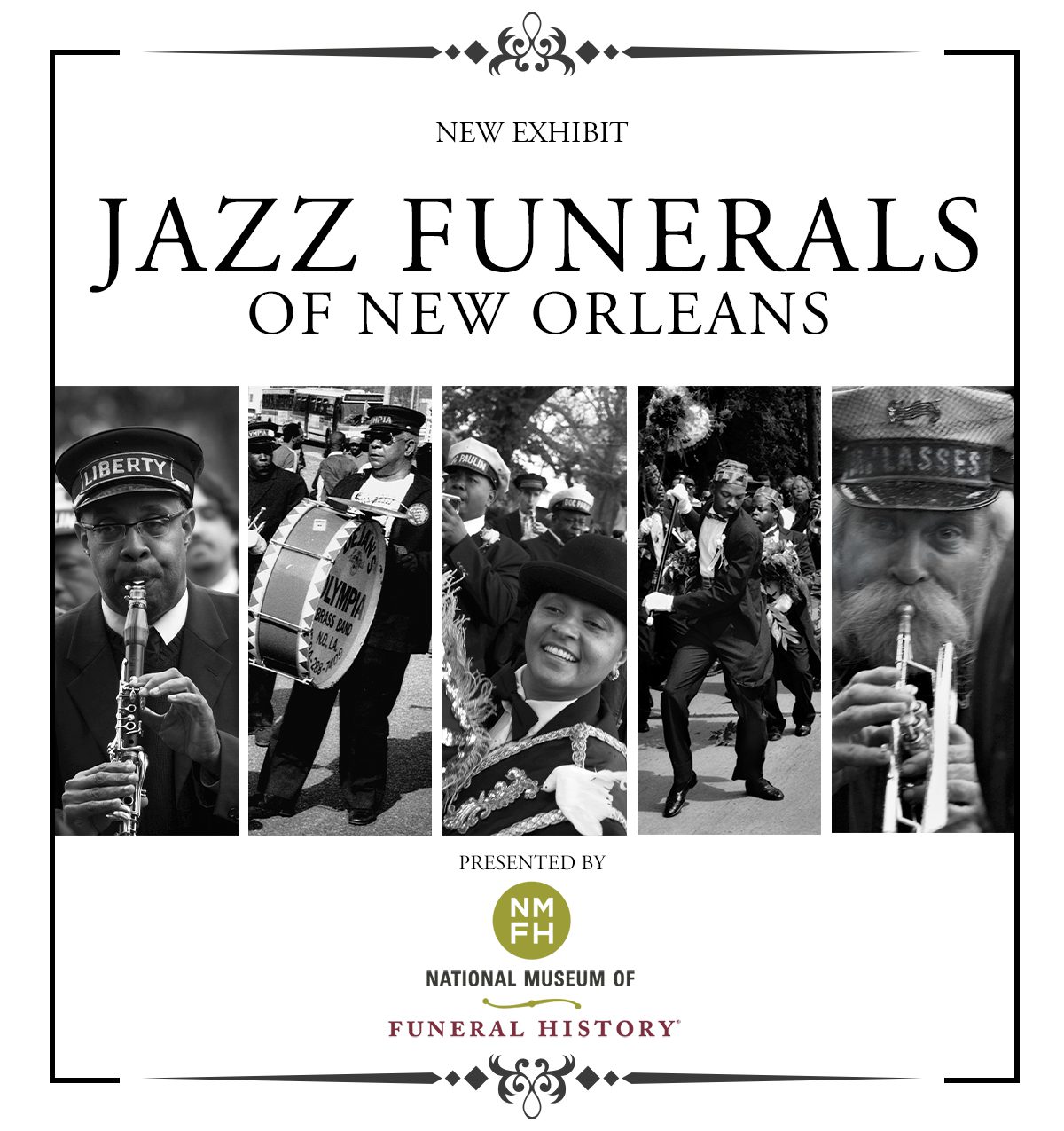The National Museum of Funeral History is proud to announce the opening of its 16th permanent exhibit, Jazz Funerals of New Orleans, on November 12 at 10 a.m.
“We are very excited to be able to present this exhibit that highlights the history and culture of jazz funerals unique to New Orleans to the American people,” stated Bob Boetticher, Sr., Chairman of the National Museum of Funeral History.
This exhibition will focus on the late 1800s through today, in New Orleans, Louisiana, on how a common way to bid farewell to a loved one originated with a jazz funeral or a funeral with music that is now a tradition unique to the city of New Orleans, especially among the African American community.
New Orleans has a rich and fascinating history. The convergence of the French, Spanish and British who colonized the area paired with the West African tribes from the domestic slave trade in the early 1800s, significantly attributed to this colorful culture.
Other influences in the early twentieth century include the Mardi Gas Indians (carnival performers who dress in suits influenced by Native Americans), and the African American Protestant churches. They celebrated with their black brass bands after a loved one’s death to please the spirits who protect the dead. From all of this, a new style of music emerged – jazz. The funeral bands quickly adopted jazz, and New Orleans jazz funerals were born. This jazz music is unique and quite different from contemporary jazz or even traditional Dixieland jazz.




